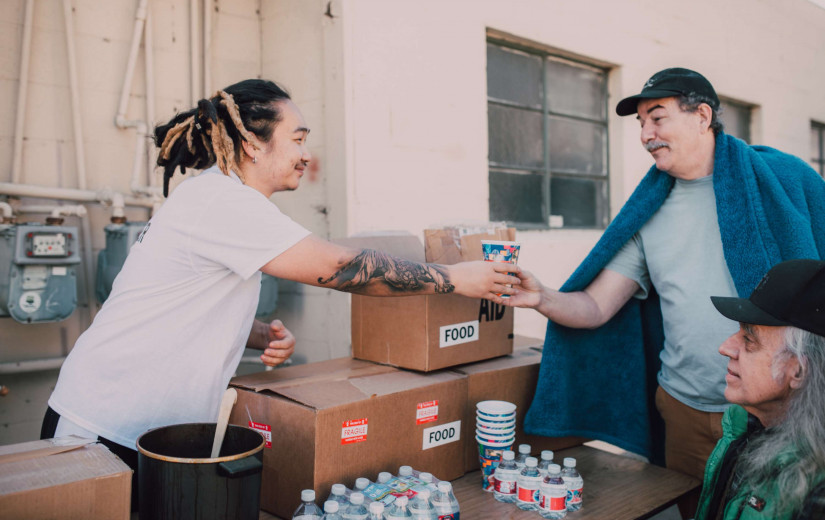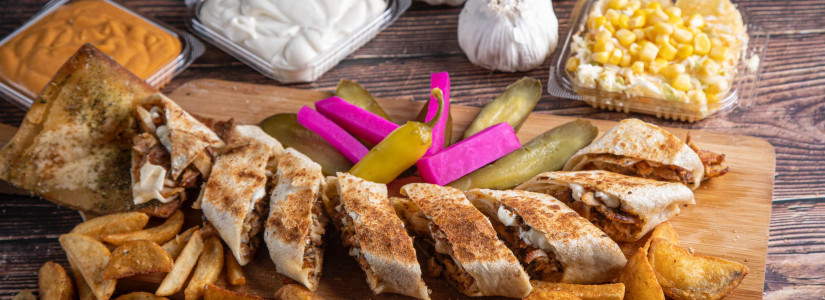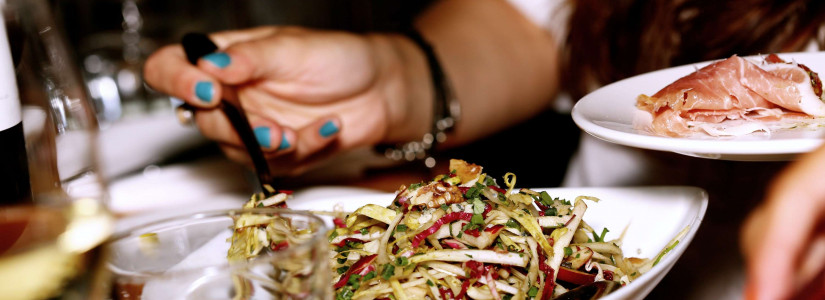Understanding Snap Benefits
SNAP, or the Supplemental Nutrition Assistance Program, formerly referred to as Food Stamps, is a major federal program with the goal of reducing hunger in the United States. As of January, 2016, 45.4 million Americans received SNAP benefits, or about 75% of eligible persons.
Snap is governed on the federal level by the USDA, and administered on a local level by the individual states by the Division of Social Services or the Department of Children and Family Services. Individual counties may have walk in offices, but unlike the states, counties have no control over how the SNAP program is applied.
It is important to understand that while SNAP is a federal program with federal guidelines, individual states have some discretion about how SNAP is applied. Prospective applicants should consult their state regulations if they are concerned about the specific details of the program as it is available to them.
A Brief History of Nutrition Programs in the US:
During the Great Depression, a Food Stamp program was initiated, and 4 million people were enrolled. This program used actual stamps, and the name has stuck with US food assistance programs. This program was dismantled in 1939, when the economy was thought sufficiently recovered.
In 1961 legislation was enacted to resume a food assistance program. In 1964 The Food Stamp Act of 1964 was enacted under Lyndon Johnson, serving only 40 counties and 3 cities.
The program went through many changes and adjustments through the 60's and 70's, officially becoming a nationwide program in 1974. Subject to vigorous debates and sometimes drastic changes every decade, the Food Stamp Program was renamed SNAP, and food stamps came to be called 'EBT' benefits.
Who is eligible for SNAP?
Undocumented immigrants are not eligible for SNAP. Unemployed persons who are not disabled may only be entitled to 3 months of benefits in a given year, a rule which varies from state to state.
Men, women, disabled or able bodied, families with children, and seniors all may be eligible for SNAP benefits. SNAP is not 'welfare', and is available to almost all individuals in need.
How is eligibility determined?
SNAP eligibility is determined by three factors: gross monthly income, net income, and assets.
Qualifying gross monthly income is less than 130% of the poverty line. For example, in 2018 the federal monthly gross poverty line for a family of three is $1702. Multiplied by 130%, this means that a family of 3 with a gross income of less than $2,213 a month would qualify for SNAP. Poverty lines differ somewhat from state to state, and the ratio for individuals may be different than those for families.
Net income (household income after taxes are applied) must be at or below the poverty line. This means that sources of income other than wages, such as rental properties or child support, are also taken into account once a standard deduction is applied.
The third category is (liquid) assets. The current maximum is $2250 or less in checking or savings, for families without elderly or disabled members, and $3500 for disabled and elderly. Assets are defined as funds that could be spent on food. Homes, cars, personal property, and retirement savings do not count.
Applying for Snap Benefits
Most states have an online application for SNAP benefits, which is administered on a state level. Individual counties also have Department of Family and Children offices, or Social Services Divisions where applications can be completed in person. Applying online or via telephone is encouraged.
The online applications are simple and user friendly. The applicant needs to provide their social security number and basic financial information. The application will be assigned to a Case Worker, who may contact the applicant by telephone if additional documentation is needed.
What can be purchased with SNAP benefits?
SNAP benefits are almost always restricted to cold (not prepared) food options. They can never be used for liquor or tobacco products, or any item that is not food, with the exception of food plants, such as herbs or tomatoes.
After certain natural disasters, SNAP benefits may be temporarily increased and even expanded to include hot foods prepared in grocery stores.
Vitamins cannot be purchased with SNAP benefits, which is being contested in some states. On the other hand, use of SNAP benefits to buy candy and soda is being disputed in some states.
Millions of Americans benefit from the SNAP program, and despite frequent alterations, SNAP is likely to continue ensuring basic nutrition for those in need for many years to come.
Snap is governed on the federal level by the USDA, and administered on a local level by the individual states by the Division of Social Services or the Department of Children and Family Services. Individual counties may have walk in offices, but unlike the states, counties have no control over how the SNAP program is applied.
It is important to understand that while SNAP is a federal program with federal guidelines, individual states have some discretion about how SNAP is applied. Prospective applicants should consult their state regulations if they are concerned about the specific details of the program as it is available to them.
A Brief History of Nutrition Programs in the US:
During the Great Depression, a Food Stamp program was initiated, and 4 million people were enrolled. This program used actual stamps, and the name has stuck with US food assistance programs. This program was dismantled in 1939, when the economy was thought sufficiently recovered.
In 1961 legislation was enacted to resume a food assistance program. In 1964 The Food Stamp Act of 1964 was enacted under Lyndon Johnson, serving only 40 counties and 3 cities.
The program went through many changes and adjustments through the 60's and 70's, officially becoming a nationwide program in 1974. Subject to vigorous debates and sometimes drastic changes every decade, the Food Stamp Program was renamed SNAP, and food stamps came to be called 'EBT' benefits.
Who is eligible for SNAP?
Undocumented immigrants are not eligible for SNAP. Unemployed persons who are not disabled may only be entitled to 3 months of benefits in a given year, a rule which varies from state to state.
Men, women, disabled or able bodied, families with children, and seniors all may be eligible for SNAP benefits. SNAP is not 'welfare', and is available to almost all individuals in need.
How is eligibility determined?
SNAP eligibility is determined by three factors: gross monthly income, net income, and assets.
Qualifying gross monthly income is less than 130% of the poverty line. For example, in 2018 the federal monthly gross poverty line for a family of three is $1702. Multiplied by 130%, this means that a family of 3 with a gross income of less than $2,213 a month would qualify for SNAP. Poverty lines differ somewhat from state to state, and the ratio for individuals may be different than those for families.
Net income (household income after taxes are applied) must be at or below the poverty line. This means that sources of income other than wages, such as rental properties or child support, are also taken into account once a standard deduction is applied.
The third category is (liquid) assets. The current maximum is $2250 or less in checking or savings, for families without elderly or disabled members, and $3500 for disabled and elderly. Assets are defined as funds that could be spent on food. Homes, cars, personal property, and retirement savings do not count.
Applying for Snap Benefits
Most states have an online application for SNAP benefits, which is administered on a state level. Individual counties also have Department of Family and Children offices, or Social Services Divisions where applications can be completed in person. Applying online or via telephone is encouraged.
The online applications are simple and user friendly. The applicant needs to provide their social security number and basic financial information. The application will be assigned to a Case Worker, who may contact the applicant by telephone if additional documentation is needed.
What can be purchased with SNAP benefits?
SNAP benefits are almost always restricted to cold (not prepared) food options. They can never be used for liquor or tobacco products, or any item that is not food, with the exception of food plants, such as herbs or tomatoes.
After certain natural disasters, SNAP benefits may be temporarily increased and even expanded to include hot foods prepared in grocery stores.
Vitamins cannot be purchased with SNAP benefits, which is being contested in some states. On the other hand, use of SNAP benefits to buy candy and soda is being disputed in some states.
Millions of Americans benefit from the SNAP program, and despite frequent alterations, SNAP is likely to continue ensuring basic nutrition for those in need for many years to come.

















